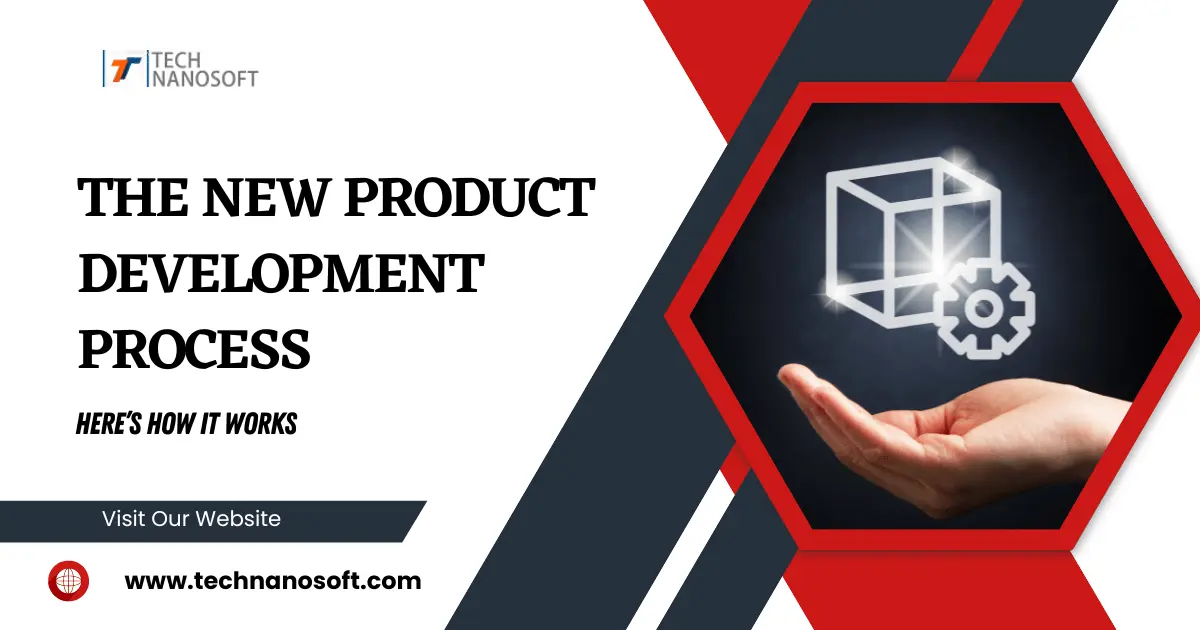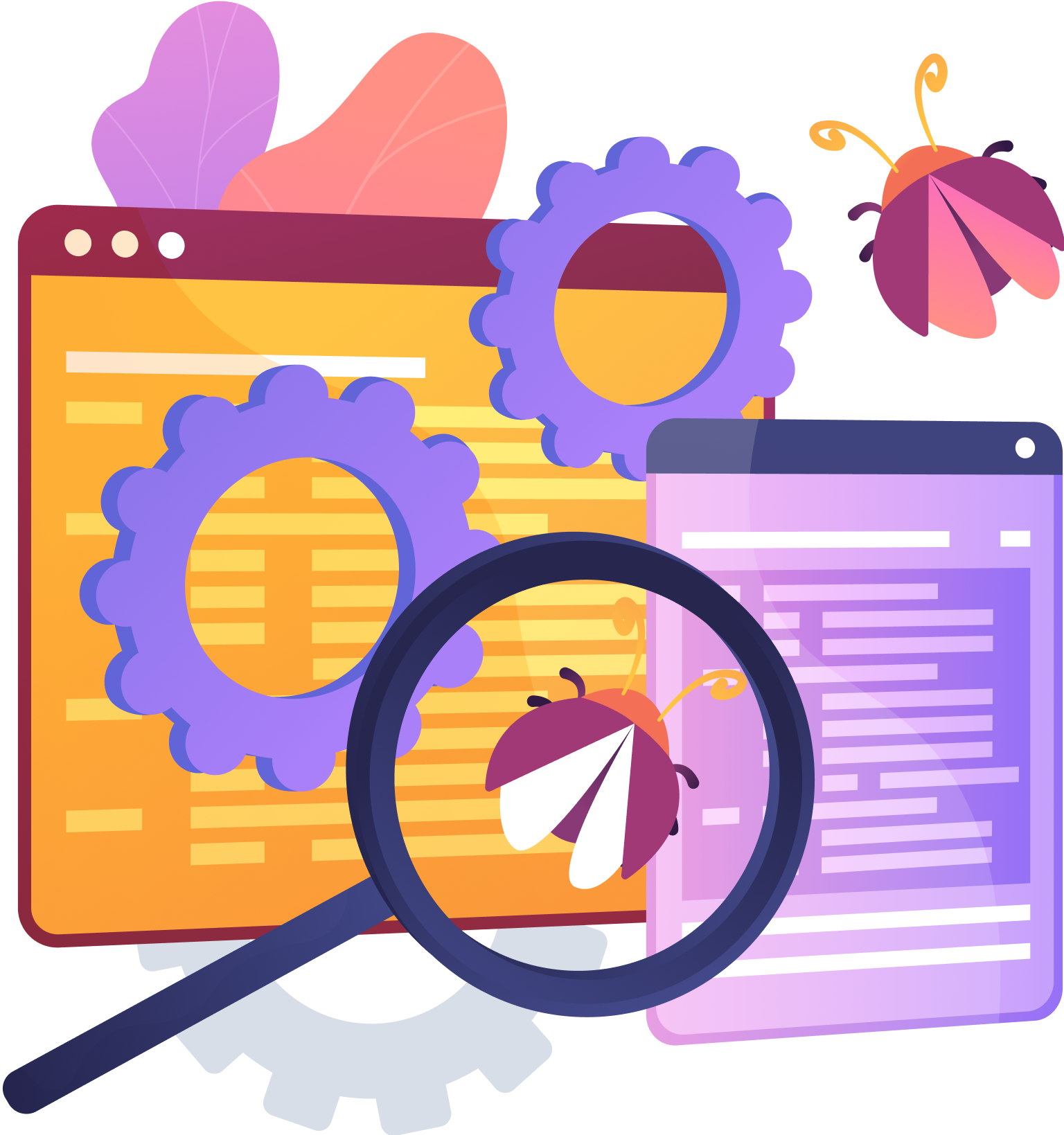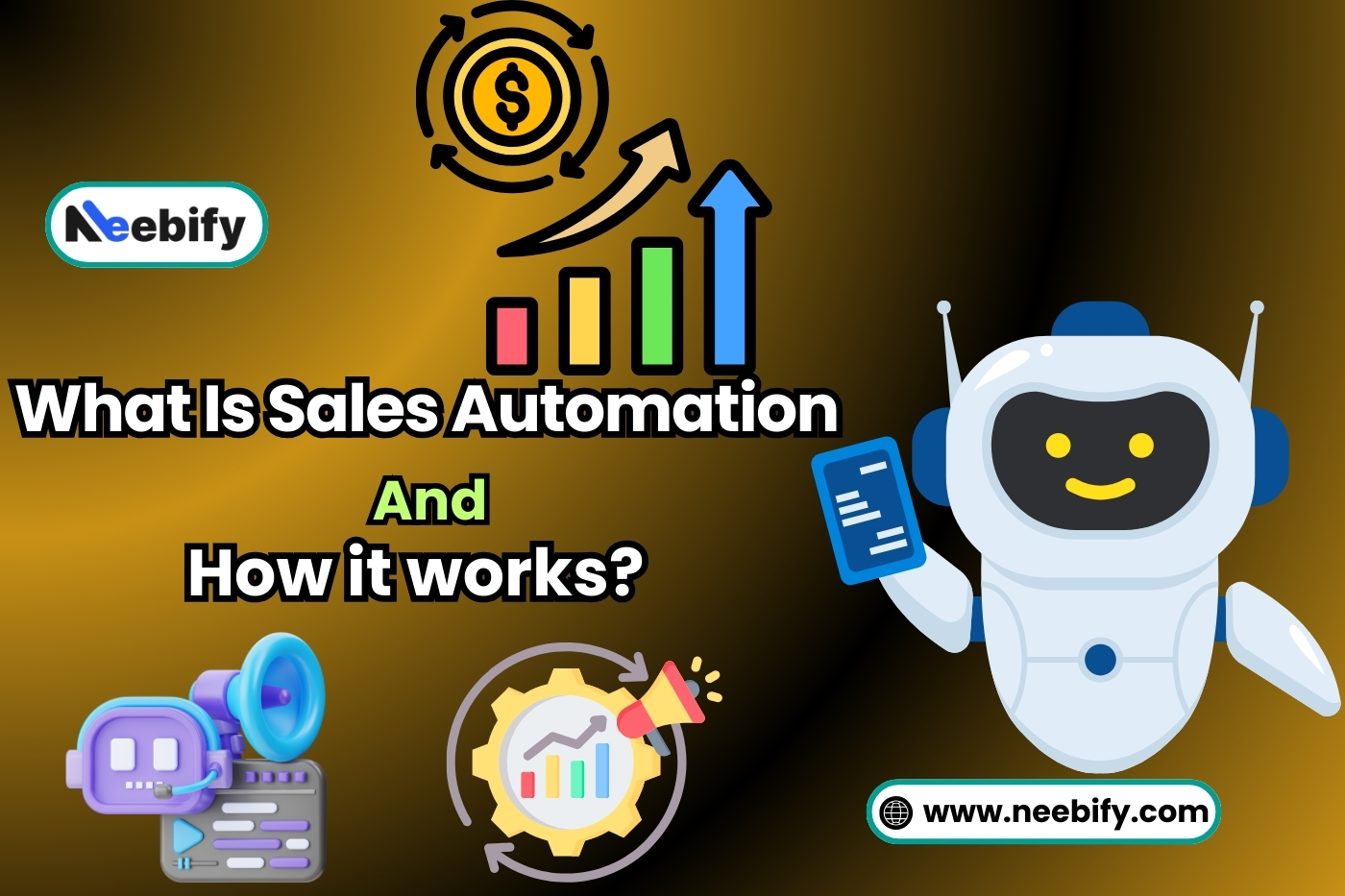The New Product Development Process: Here’s how it Works

Developing a new product can be daunting, but it is necessary for businesses to stay competitive in their industries. This critical process for businesses is essential to stay competitive and grow their customer base. The new product development process involves a series of steps, each designed to ensure that the final product meets customer needs, is technologically feasible, and can be produced reasonably.
What is the New Product Development Process (NPD)?
New product development is designing, creating, and introducing new products. It is a tricky method for businesses looking to stay competitive, raise their consumer base, and increase revenue. It is a structured approach to creating and launching new products.
A product development strategy typically starts with the generation of ideas. It can happen with brainstorming sessions, customer feedback, or market research. The ideas are then screened to determine which ones are feasible and have the potential to be successful products.
What Are The Phases of the New Product Development Process?
The new product design process is a framework that guides businesses through the stages of ideation, concept development, testing, and commercialization.
In this article, we will look closer at the stages of the new product development process and how it works.
1: Ideation: The prime step of the new product development (NPD) process is imagination. It is where businesses come up with ideas for new products. These ideas can come from various sources, such as customer feedback, market research, or even inspiration from within the company.
It is important to generate as many ideas as possible during this stage. Brainstorming sessions, focus groups, and surveys effectively gather ideas. Once you have a list of potential product ideas, you can move on to the next stage.
2. Concept Development: This second stage is essential during the NPD process. It is where you take your list of product ideas and develop them into concrete concepts. During this stage, you will need to define the features and benefits of each concept, as well as the target market, pricing strategy, and distribution channels.
It is important to create detailed product concepts during this stage because they will be used to evaluate the feasibility and potential of each idea. It is also the stage where you will identify potential risks and challenges associated with each concept. If a concept is deemed unfeasible or too risky, it may be eliminated from consideration.
3. Idea Screening: Once a list of potential product ideas has been generated, the next step is to screen them to determine which ones are worth pursuing. It involves analyzing each idea's potential market size, customer needs, competition, and technical feasibility. The goal is to narrow the list to a few promising ideas with the best chance of success.
4. Feasibility Analysis: The feasibility analysis is an in-depth evaluation of the concept's technical feasibility and financial viability. This step involves analyzing production costs, product design, and potential sales volume. The goal is to determine whether the product is worth pursuing.
5: Testing: The next stage of the NPD process is testing. It is where you test your product concepts to see how they perform in the market. There are several ways to test a product concept, including:
> Focus groups: Small groups of target customers are invited to provide feedback on the product concept.
> Surveys: Target customers are asked to complete surveys to provide feedback on the product concept.
> Prototype testing: A product prototype is created and tested in the market to gather feedback and identify any issues or improvements that need to be made.
Testing aims to identify any issues or improvements that need to be made before the product is launched. It is important to get feedback from target customers during this stage, as they will be the ones who ultimately determine the success of the product.
7. Product Launch: If the market testing is successful, the launch of the product on a larger scale plays an important role. It involves creating a marketing plan, setting a price for the product, and developing a distribution strategy. The goal is to generate as much buzz and excitement around the product as possible to drive sales and maximize profits.
However, launching a product is a challenging task. It requires careful product planning, research, and execution to ensure your product succeeds. This article will discuss the essential elements of a successful product launch.
> Identifying your target audience is the first step in launching a new product is to identify your target audience is the first step in launching a new product. Conducting market research and surveys can help you understand your target audience.
> Develop a marketing strategy: Once you have identified your target audience, it is time to develop a marketing strategy. It includes determining the best channels to reach your audience, creating compelling content, and setting a budget for your marketing activities.
> Create a buzz: Creating a buzz around your product is essential for a successful launch. It generates excitement and anticipation about your product through various marketing channels, such as social media, email marketing, and advertising.
>Leverage influencers: Influencers can play a significant role in generating buzz and interest in your product. Identify influencers in your niche and contact them to see if they want to promote your product to their followers.
> Offer incentives: Offering incentives, such as early-bird discounts or free trials, can encourage customers to try your product. It can help create word-of-mouth promotion and improve sales.
> Monitor and adjust: Monitoring the success of your product launch is critical to making adjustments as needed. Use metrics such as sales, customer feedback, and website traffic to evaluate the success of your launch and make changes to your marketing strategy as needed.
> Introducing a new product in the marketplace needs perfect planning and execution. You can increase your chances of a victorious product launch by identifying your target audience, developing a market strategy, creating a buzz, leveraging influencers, offering incentives, and monitoring your launch.
8: Commercialization: The final stage of the NPD process is commercialization. It is where the product is launched into the market and made available for purchase. During this stage, it is important to have a solid marketing and sales strategy in place to ensure the product is successful.
Some key factors to consider during the commercialization stage include pricing strategy, distribution channels, and promotional activities. It's also important to monitor the product's performance after it's launched to identify any issues or areas for improvement.
Key Takeaways The new product development strategy and process is a framework that guides businesses through the stages of ideation, concept development, testing, and commercialization.
Let's check out some awesome takeaways:
> Ideation: Generate as many ideas as possible and gather feedback from customers and other sources.
> Concept Development: Develop detailed product concepts and identify potential risks and challenges associated with each idea.
> Testing: Test your product concepts to identify any issues or improvements needed before launching the product.
> Commercialization: Launch the product into the market with a solid marketing and sales strategy and monitor its performance to identify any issues or areas for improvement.
What Is The Role Of New Product Development Manager?
> A product development manager plays a crucial role in the victory of any organization that relies on product innovation and development. They oversee the entire product design process, from ideation to launch, ensuring that the product meets customer needs, aligns with company goals, and is delivered on time and within budget.
> Product development managers are also responsible for identifying market trends, researching customer needs and preferences, and translating these insights into actionable product ideas. They work closely with cross-functional teams, including design, engineering, marketing, and sales, to ensure the product is well-designed and well-positioned in the market.
> Overall, the role of a product development manager is critical in driving innovation, ensuring that the company remains competitive, and ultimately delivering products that delight customers and drive revenue growth.
Final Verdicts
In conclusion, the new product development process is critical to any organization's success. By following these steps, companies can generate innovative product ideas, test them, and bring them to market successfully. While the process can be time-consuming and expensive, the potential rewards for increased revenue and market share make it well worth the effort.









